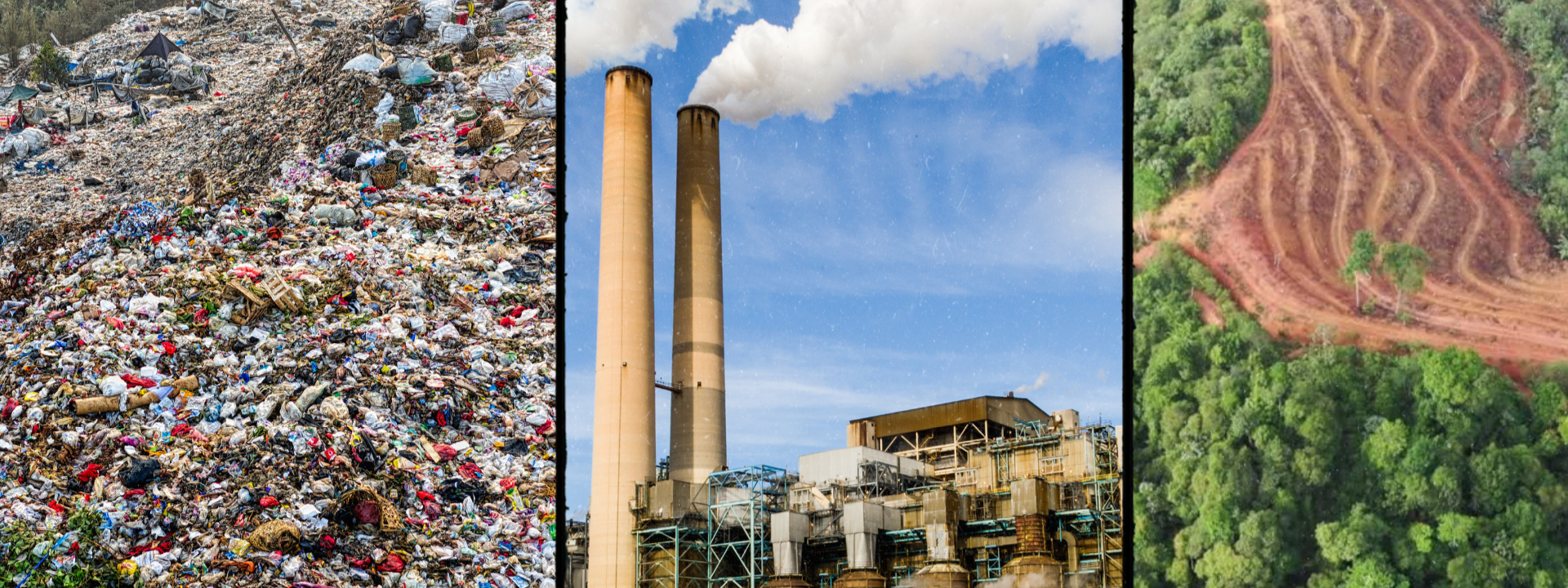Top 10 Environmental Problems Your Business Should Still Care About Solving
Covid-19 and The Russian-Ukraine War have been on the forefront of the news cycle lately and understandably top-of-mind for many people.
Environmental challenges, like:
- Climate change;
- Food waste;
- Plastic pollution;
- Fast Fashion;
- Agriculture;
- Landfills;
- Air Pollution;
- Transportation;
- Nature Connection Decline;
- and Biodiversity Loss …
Have all become lesser concerns.
This is a major problem because these environmental issues are only going to get worse if we don’t do something to address them.
Here are the top 10 environmental problems your business should *still*care about solving–even amidst the other challenges our world is facing.
1) Climate Change
Climate Change refers to changes in temperature and weather patterns over a long period of time (+30 years).
Some of these changes are due to natural causes, such as volcanic eruptions.
But scientists have known for a long time that the main driver of climate change is human activities.
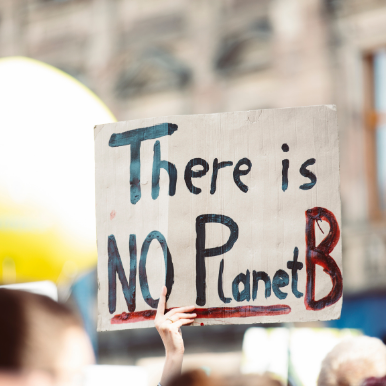
Through burning fossil fuels, like coal, oil and gas, we release greenhouse gas emissions that have trapped the sun’s heat and caused a rise in temperature on earth.
During 2020, the level of carbon dioxide in the atmosphere was 412.5 parts per million, setting a new record high (Climate.gov, 2020).
With the rising of temperatures, the extreme weather events, like hurricanes, will become more unpredictable and more severe.
This will lead to an increase in human suffering, as more and more climate refugees will be seen around the world.
2) Food Waste
Did you know that 1/3 of food produced globally is wasted?
Not only is this a moral issue, but it’s also an environmental catastrophe.
Think about all the resources it takes to grow the food you eat, to transport it, to produce it, and to refrigerate it –even before it reaches your pantry, fridge, or freezer.
If it goes to waste, all the steps up to that point are also wasted.
A lot of food is wasted due to standards that only allow food with a ”perfect” appearance to be sold, and let the so-called “Ugly Food” get thrown out (UN EP).
Food waste can be prevented by changing consumer behaviors and mindsets.
Food waste that sits and rots actually produces greenhouse gas emissions, contributing to climate change.

3) Plastic Pollution
,,, is a major growing problem for several reasons.
Firstly, plastic production relies heavily on fossil fuels.
Secondly, plastic is tricky to recycle and only 9% of it is recycled globally.
And thirdly, single-use plastics (which make up 40% of all plastic produced), like straws, coffee stirrers, or diapers, have a very short lifespan (minutes and even seconds), but persist for hundreds of years. (National Geographic, 2019).
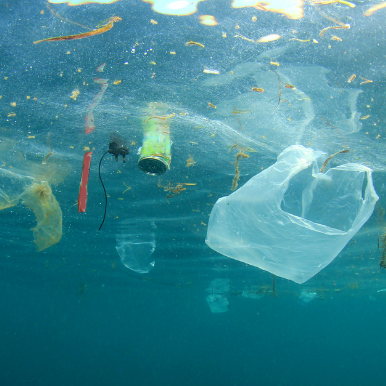
Plastics usually end up in our oceans and harm wildlife –but are also harming humans because of microplastics (tiny fragments of plastic) that have now been found in human blood (Carrington, 2022).
4) Fast Fashion
Fast Fashion is the production of new clothing in an unsustainable manner.
It encourages consumers to stay on top of new trends that quickly “go out of style”, forcing them to purchase more clothing in order to stay “on trend”.
Fast fashion companies often use low quality material to keep the cost low to consumers.
Because low quality materials are used, the garments break easily, end up in landfills and releasing toxic chemicals used in their production process.

In the United States, 11 million tonnes of textiles end up in the landfill, per year (Good Trade).
Various movements exist to combat Fast Fashion, including the “Slow Fashion” movement.
5) Agriculture
Agriculture causes environmental harm through livestock grazing, irrigation and chemical fertilizers.
Animal agriculture, including factory farms and slaughterhouses to produce meat and dairy, accounts for approximately ⅓ of total water used in agriculture.
Livestock grazing takes up large quantities of land that is hard to repurpose due to the trampling of land and fecal waste contaminating nearby water sources (Heinke, 2020).
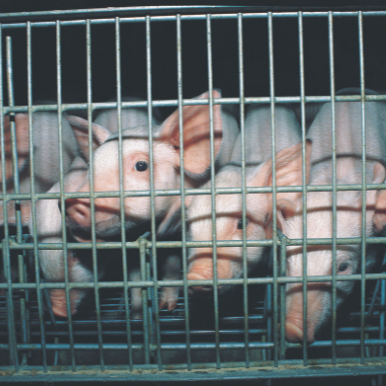
6) Landfills Filling Up
Landfills are necessary for proper disposal of waste.
However, many people don’t realize what happens to their waste at the landfill.
Landfills release methane gas, which is the most potent greenhouse gas because it is 84 times more effective at trapping the sun’s heat, further contributing to climate change.
Landfills also take away natural habitats for wildlife (University of Colorado, 2021).
7) Air Pollution

Air pollution is the release of chemicals, particles and biological materials caused by the burning of fossil fuels and natural causes such as volcanic eruptions and wildfires.
Did you know that by 2050, 6 million people will die per year due to air pollution?
One way to reduce air pollution is by walking or riding your bike instead of driving (Conserve Energy Future).
Switching away from burning fossil fuels such as coal will help dramatically reduce the amount of air pollution we see today.
8) Transportation
Transportation emissions contributed 7.3 billion metric tons of carbon dioxide in 2020 alone.
Surprisingly, passenger cars contribute the most (41%) to transportation emissions (Statistica, 2021).
In order to reduce our emissions, behavioural change needs to happen.
Investments in green transportation technology, improving access to public transportation infrastructure and encouraging people to maintain their vehicle are all ways to do this.
9) Nature Connection Decline
This refers to decrease in an individual’s association of nature as part of an identity.
Being connected to nature has tons of benefits, studies have shown it creates more meaning in our lives, and makes us feel happier and healthier (Kesebir, 2017).
Due to technological changes we’re spending less time outdoors, and this has led to a decrease in connectedness to nature.
This causes a lack of pro-environmental mindsets, because how can we appreciate something we rarely experience?

10) Biodiversity Loss
Biodiversity Loss and climate change are inherently intertwined.
Biodiversity is under threat due to human activity, such as the destruction of massive amounts of forests, wetlands, grasslands, and terrestrial ecosystems.
In 2019 a study found that up to 1 million plant and animal species are facing extinction due to human activities.
We rely upon biodiversity for services such as flooding protection, air filtration and carbon storage.
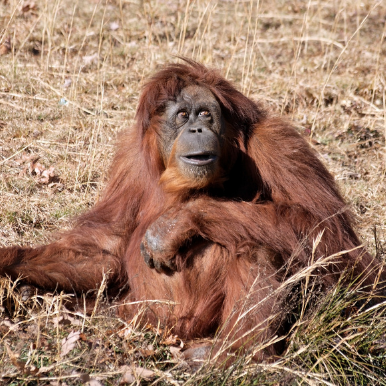
When you add up all the environmental problems we’re currently facing, it’s easy to feel overwhelmed.

Luckily, there are actions we can all take to combat these issues.
By joining the Random Acts of Green sustainability alliance, you can take part in collective climate action.
Because together -we are stronger.
More Blog Posts:

The Guide to Veganuary!
Whether you are going full vegan or starting to eat less meat, our guide to veganuary will help you go plant-based in 2023.
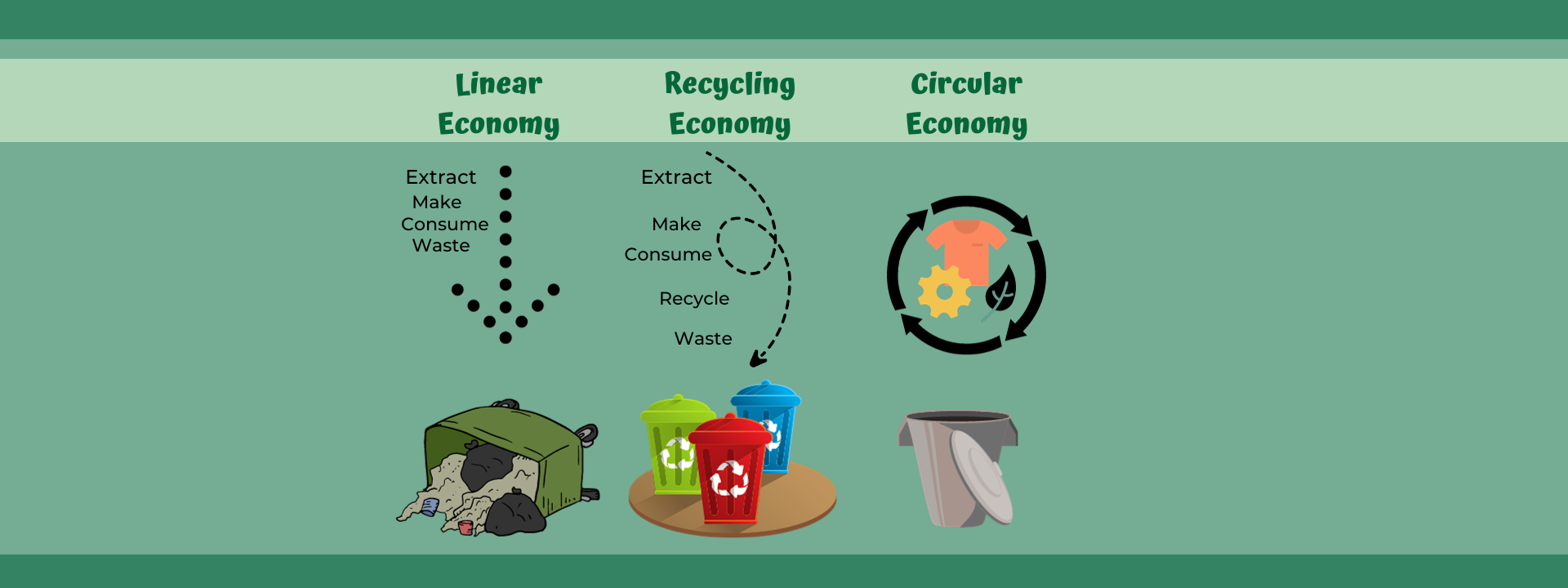
5 Circular Economy Companies in Canada To Celebrate Waste Reduction Week
Say hello to 6 Circular Economy Companies in Canada this October as we Celebrate innovators during Waste Reduction Week.

